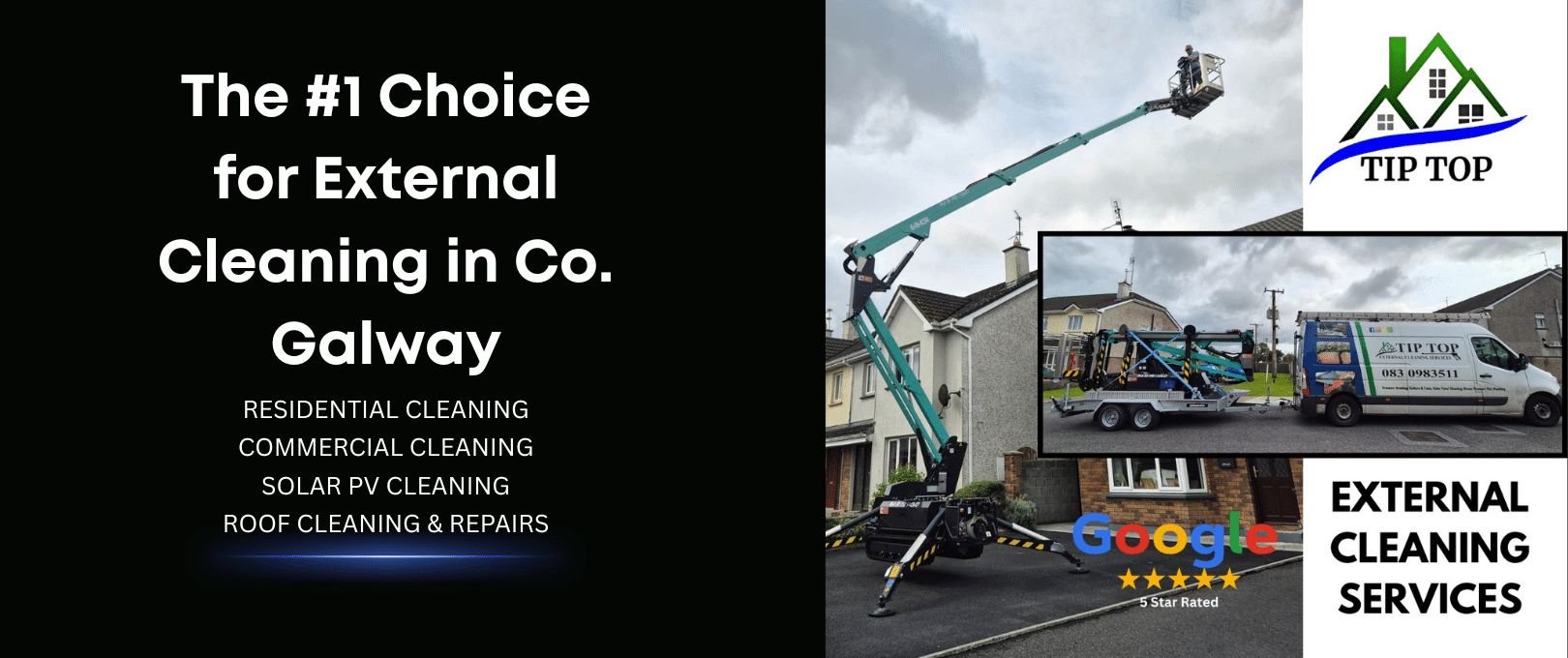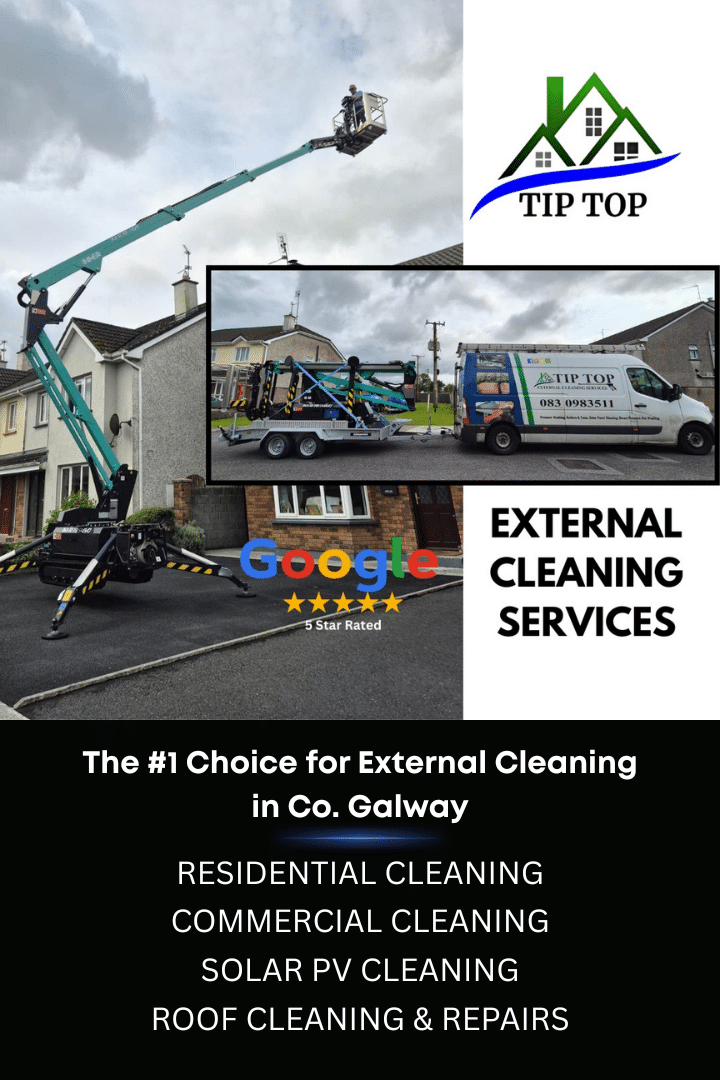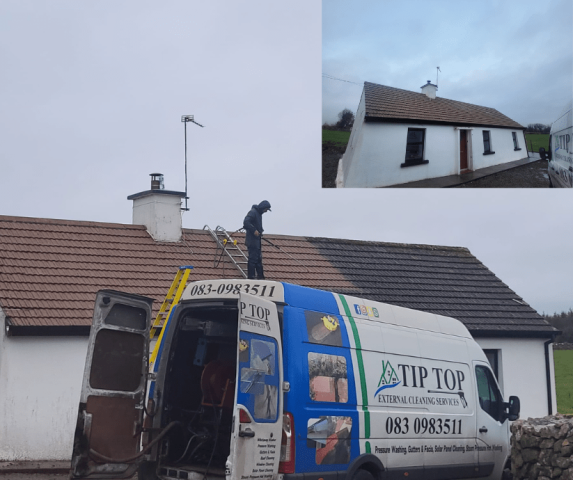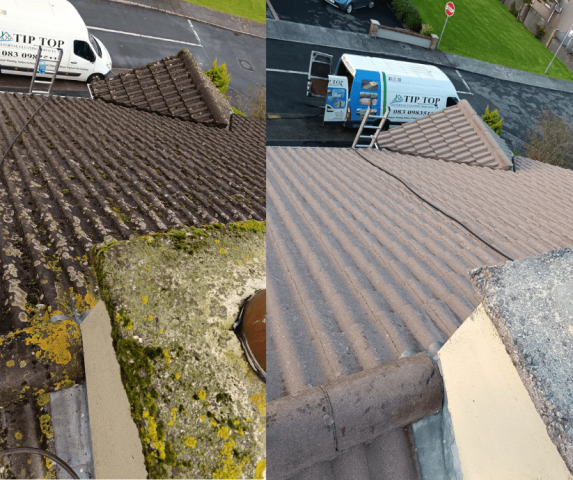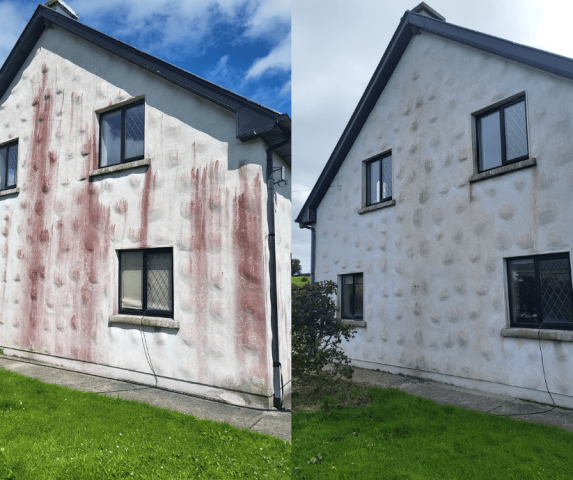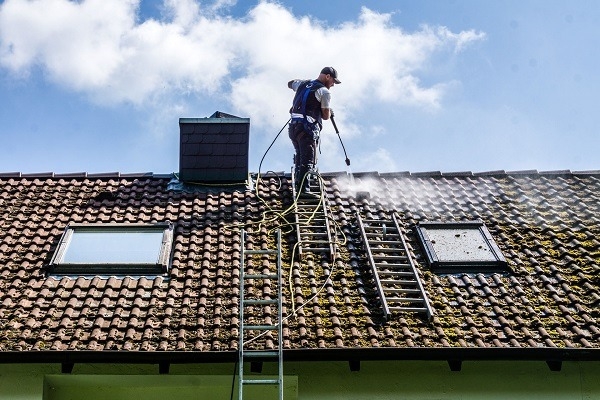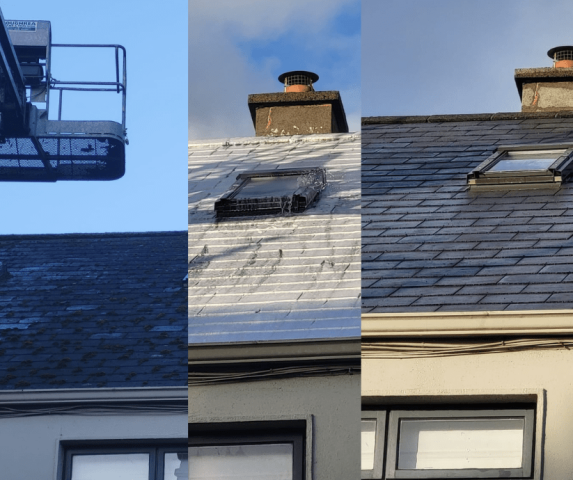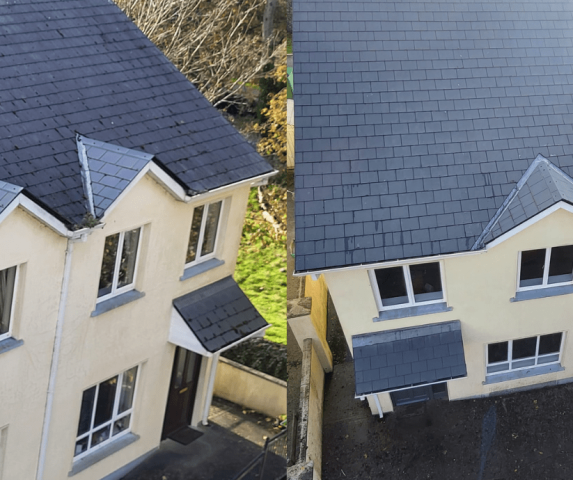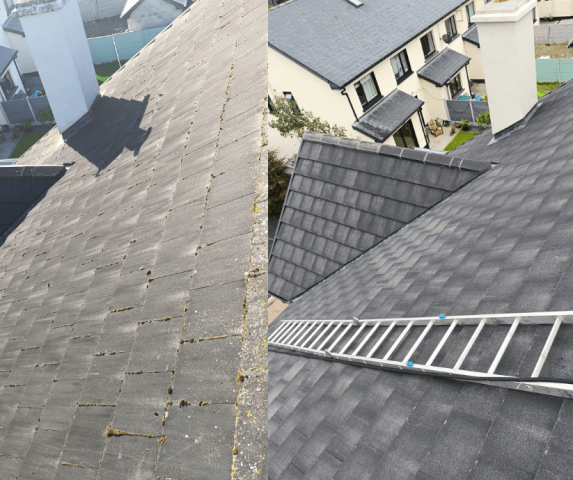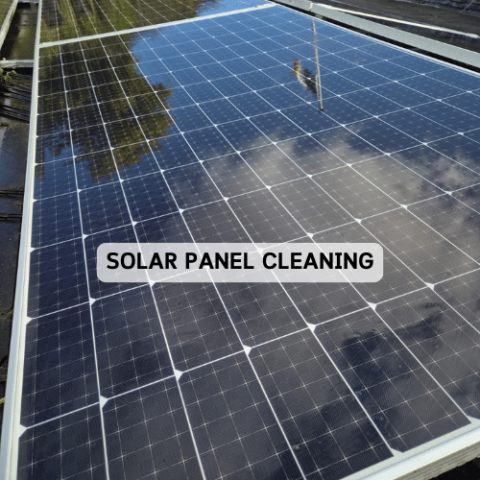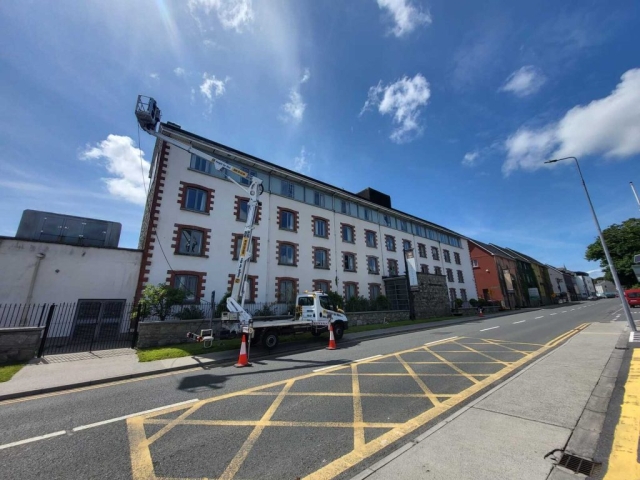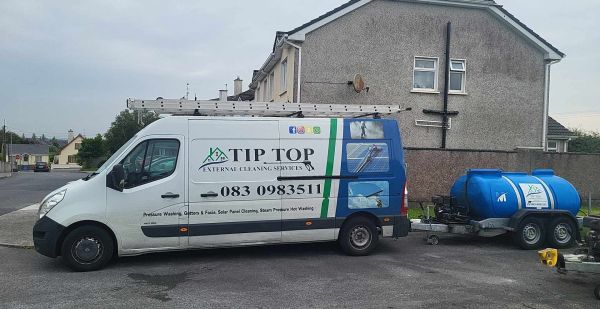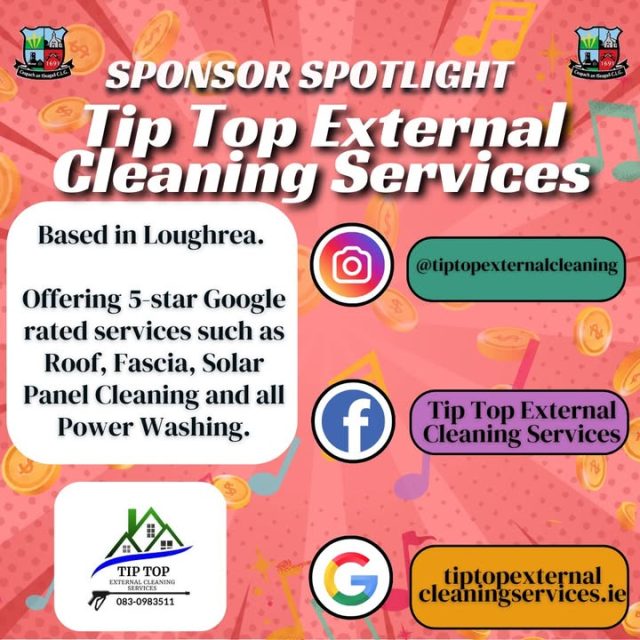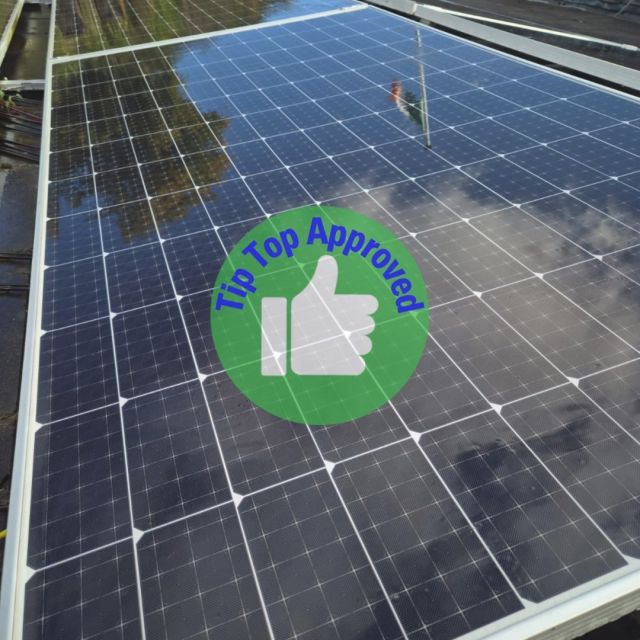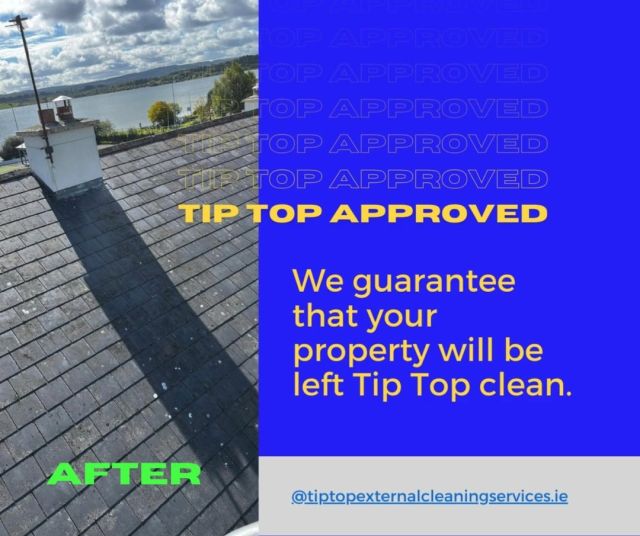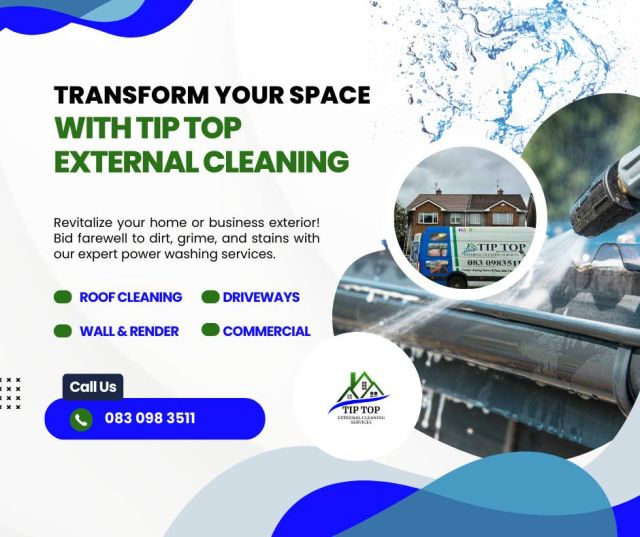Best County Galway External Cleaner
5 Star Rated Approved Local Service
Fully Insured, Experienced Team
Working at Heights Experts
MEWP Certified for peace of mind
Our External Cleaning Services
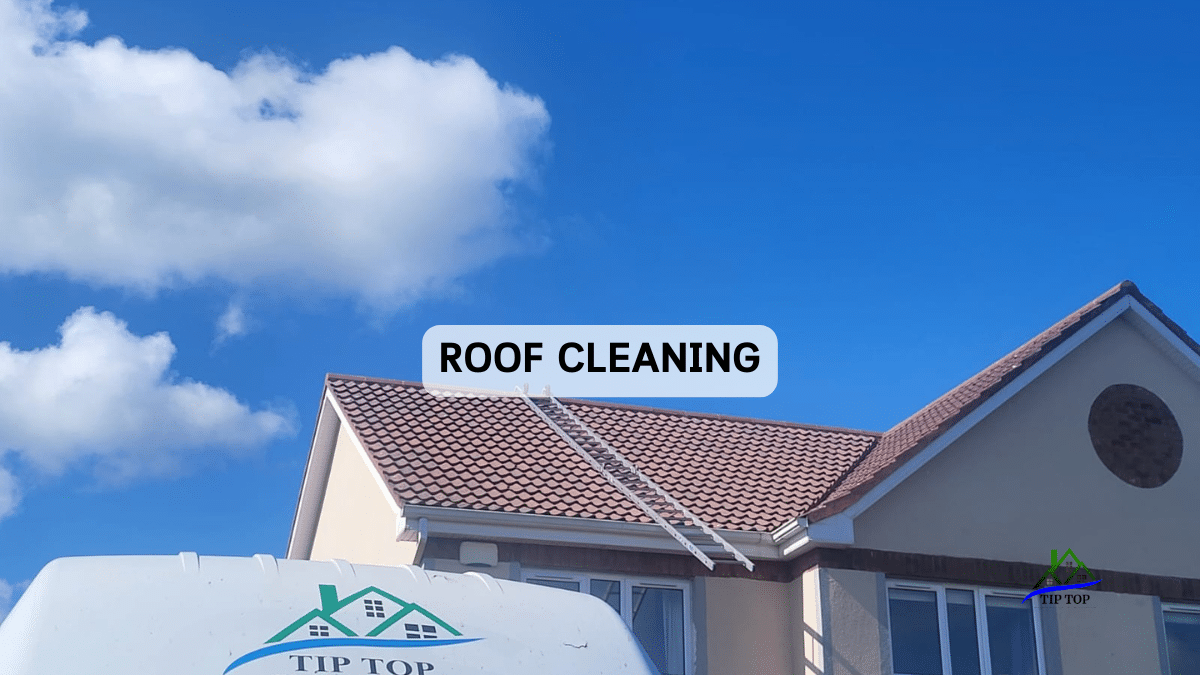
Roof Cleaning Services
Moss, algae, or dirt on your roof? Left untreated, they can cause damage and shorten its lifespan. Our expert roof cleaning in County Galway restores its appearance and protects it for years to come.
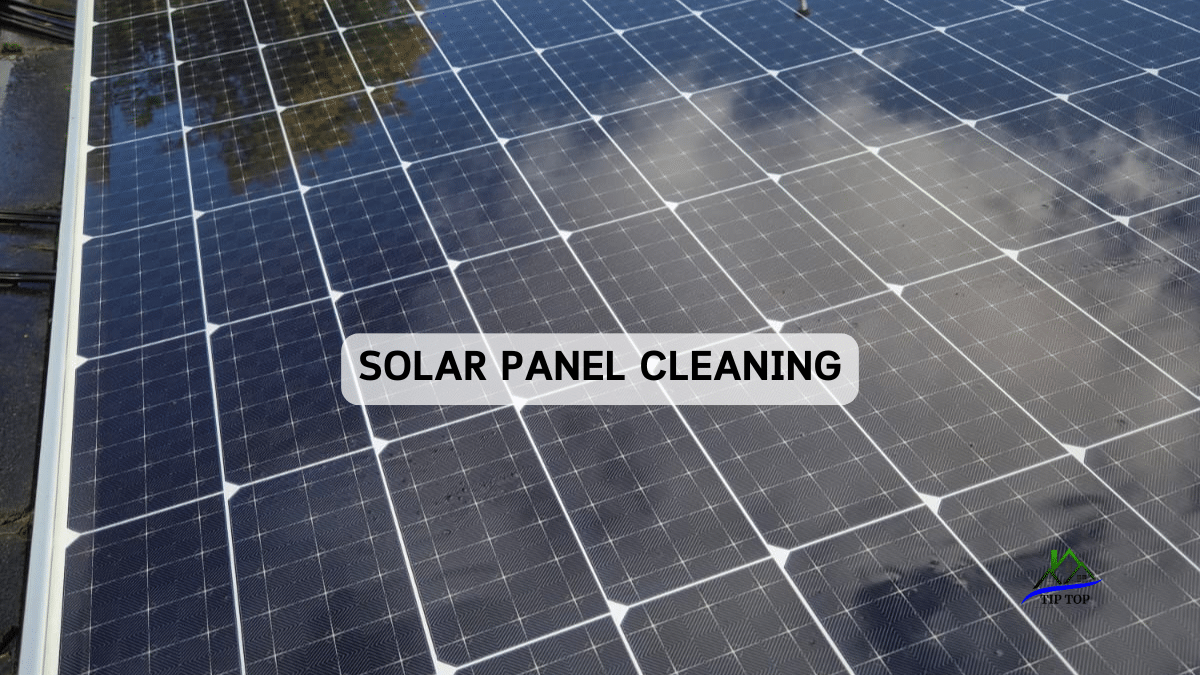
Solar Panel Cleaning Services
Dirty solar panels lose efficiency and cost you money. Our professional cleaning service in County Galway keeps your system performing at its best year-round
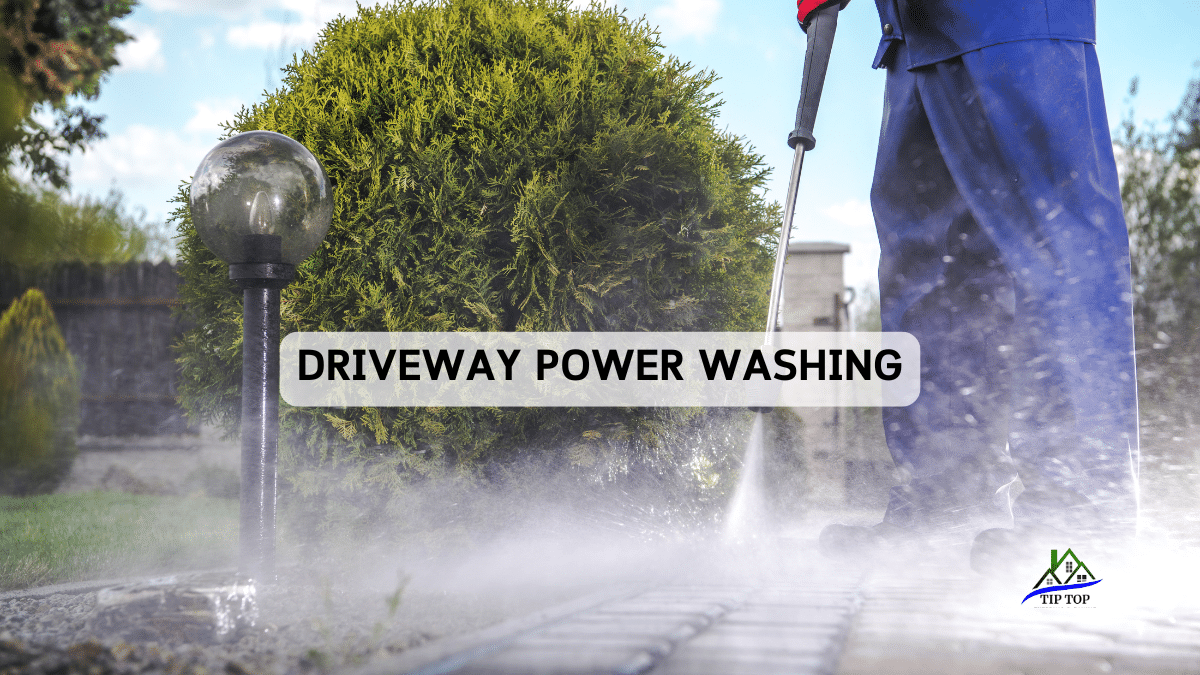
Driveway Cleaning Services
A dirty driveway hurts curb appeal and can become slippery. Our expert cleaning service in County Galway restores it to a clean, safe finish
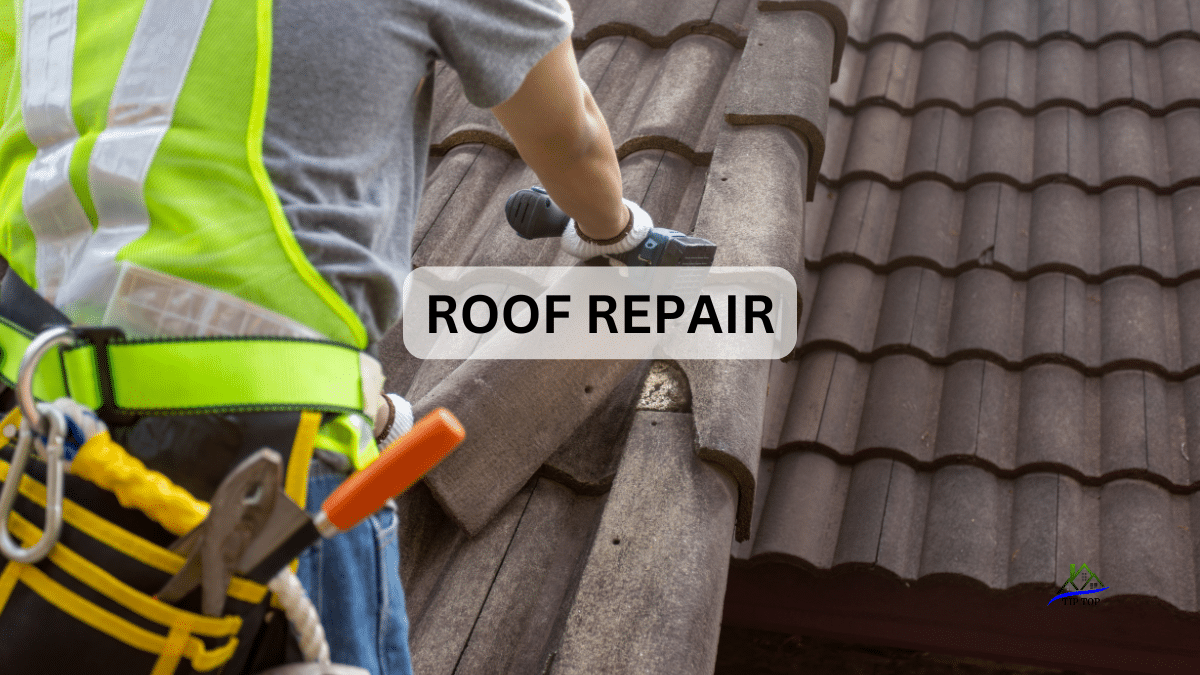
Roof Repairs
Leaking or damaged roof? We provide expert roof repairs in County Galway to prevent costly issues and keep your home safe
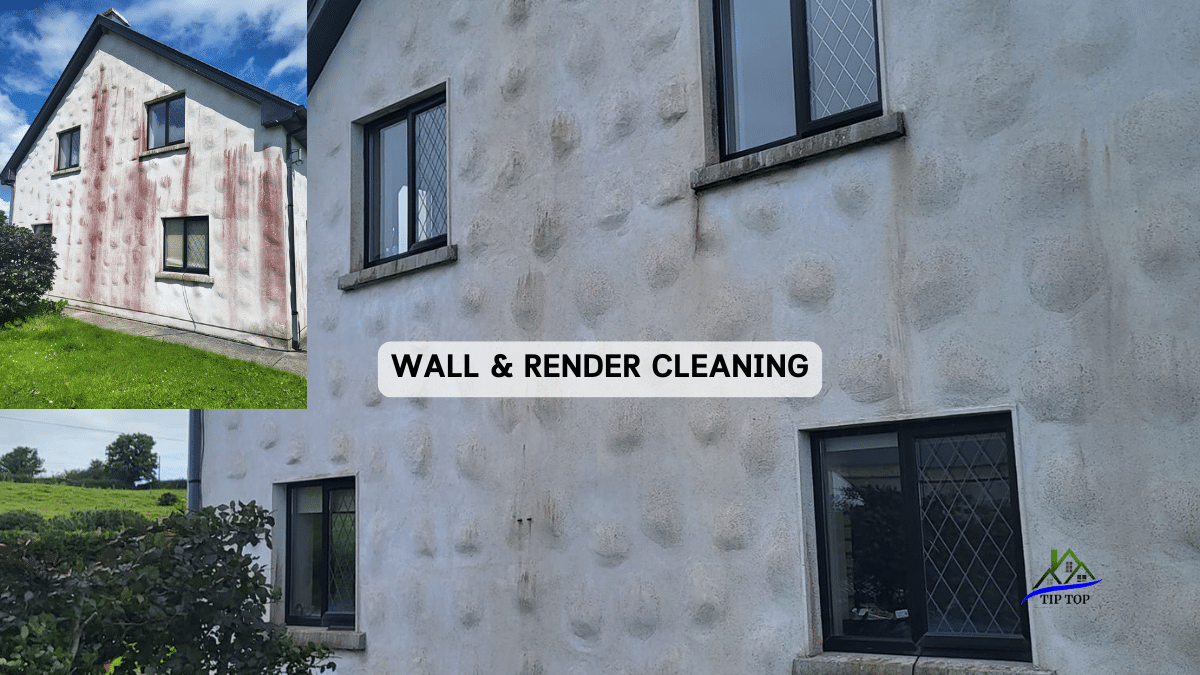
Wall & Render Cleaning Services
We offer expert wall and render cleaning in County Galway, using eco-friendly soft-wash methods to safely remove dirt, moss, and stains—restoring your property’s original look.
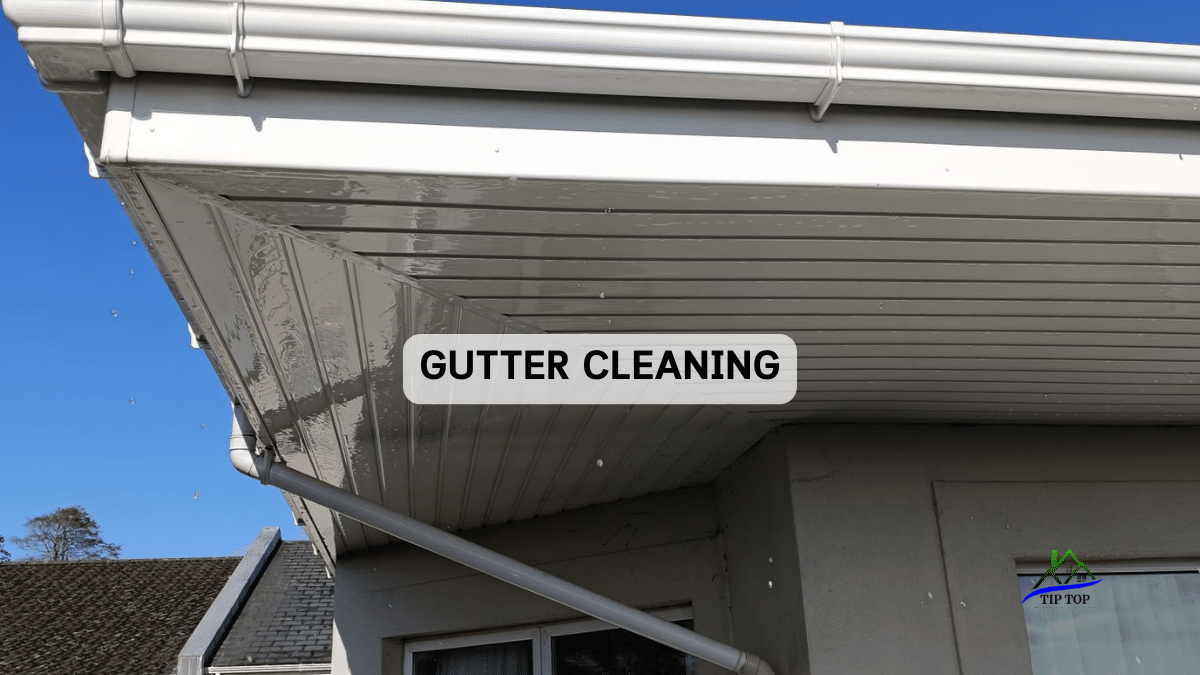
Gutter Cleaning Services
Clogged gutters can cause leaks, foundation damage, and costly repairs. Our expert gutter cleaning in County Galway keeps your home protected from water damage
OTHER EXTERNAL CLEANING SERVICES INCLUDE:
Safety is Our Top Priority
When it comes to exterior cleaning, safety is never an afterthought — it’s at the heart of everything we do. Our team follows strict safety protocols and uses the latest equipment to protect both your property and our staff. Whether working at height or handling high-pressure systems, we take every precaution to ensure a safe, efficient, and damage-free clean every time.
Contact Info
Address:
7 Jairdin Dr, Farranalynch, Loughrea, Co. Galway
H62 V560
Email:
Phone:
Send a message
Where to find us
Tip Top External Cleaning services aspire to leave every project completed to the highest standards.
We take no shortcuts, Our reviews speak for themselves!
We Consistently Deliver 5-Star Excellence!
Follow us on Social Media!
Tip Top External Cleaning
TIP TOP External Cleaning Services provide fully professional external cleaning services throughout Ireland
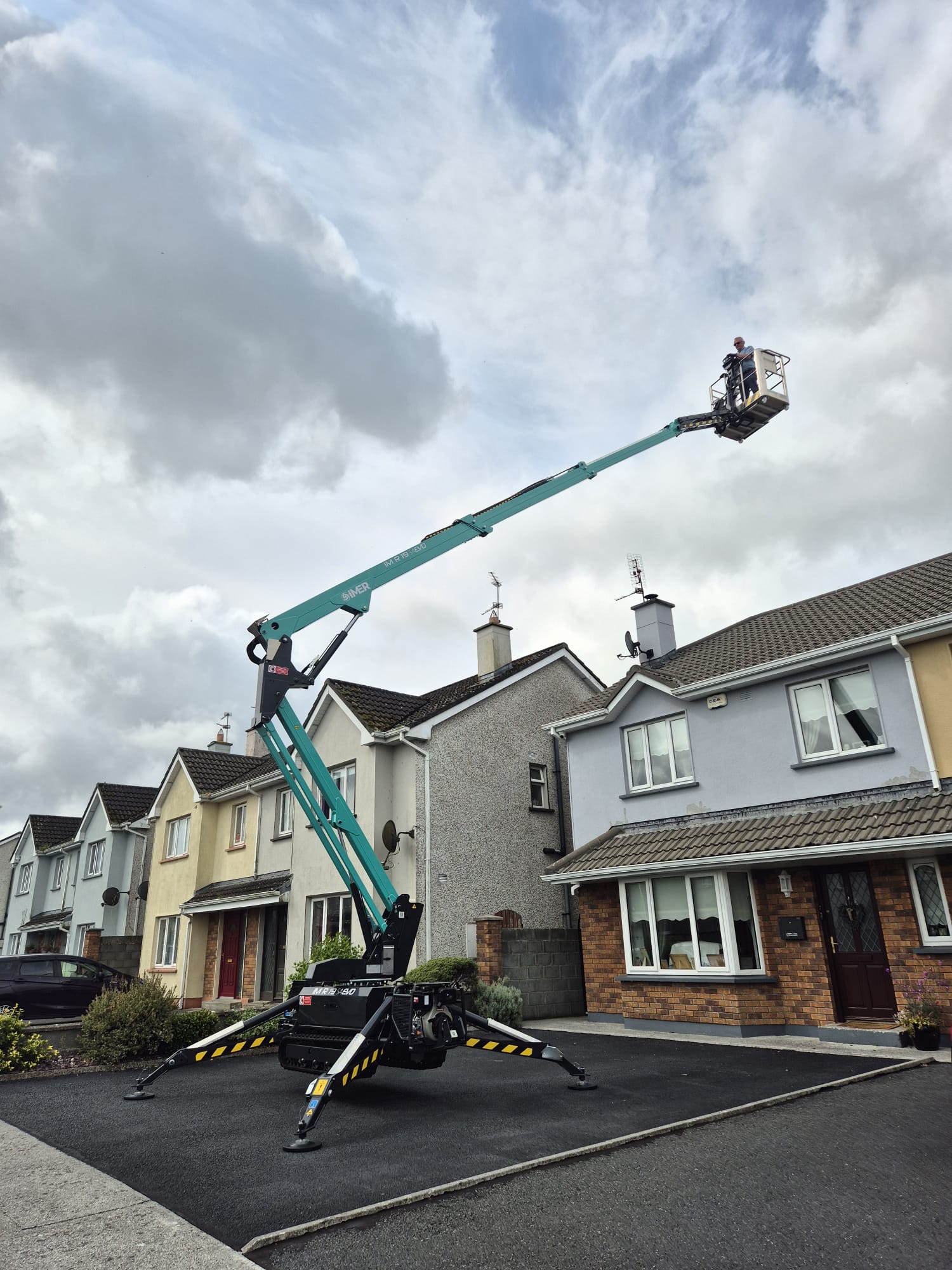

All cleaning products used are 100% biodegradable and environmentally friendly


